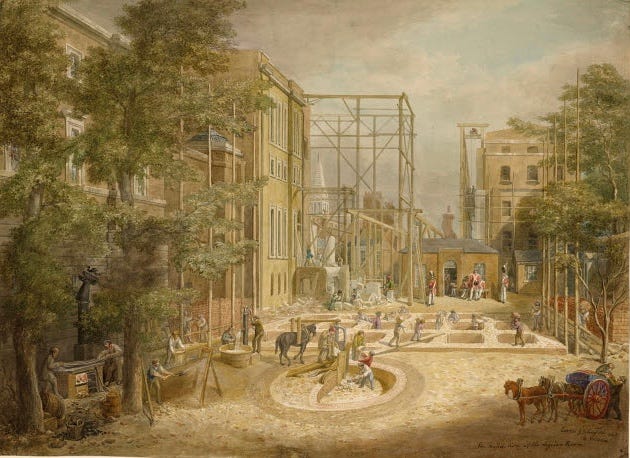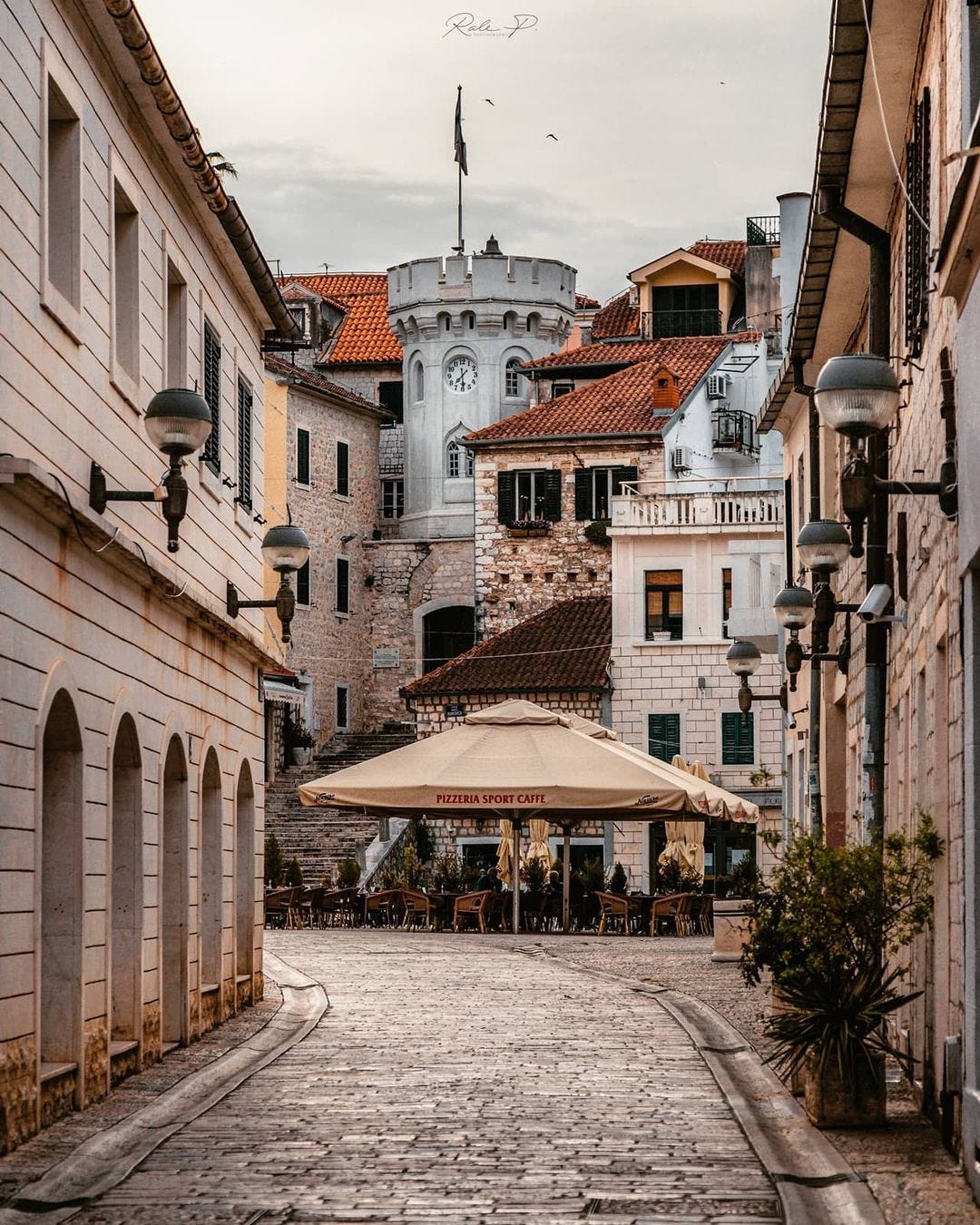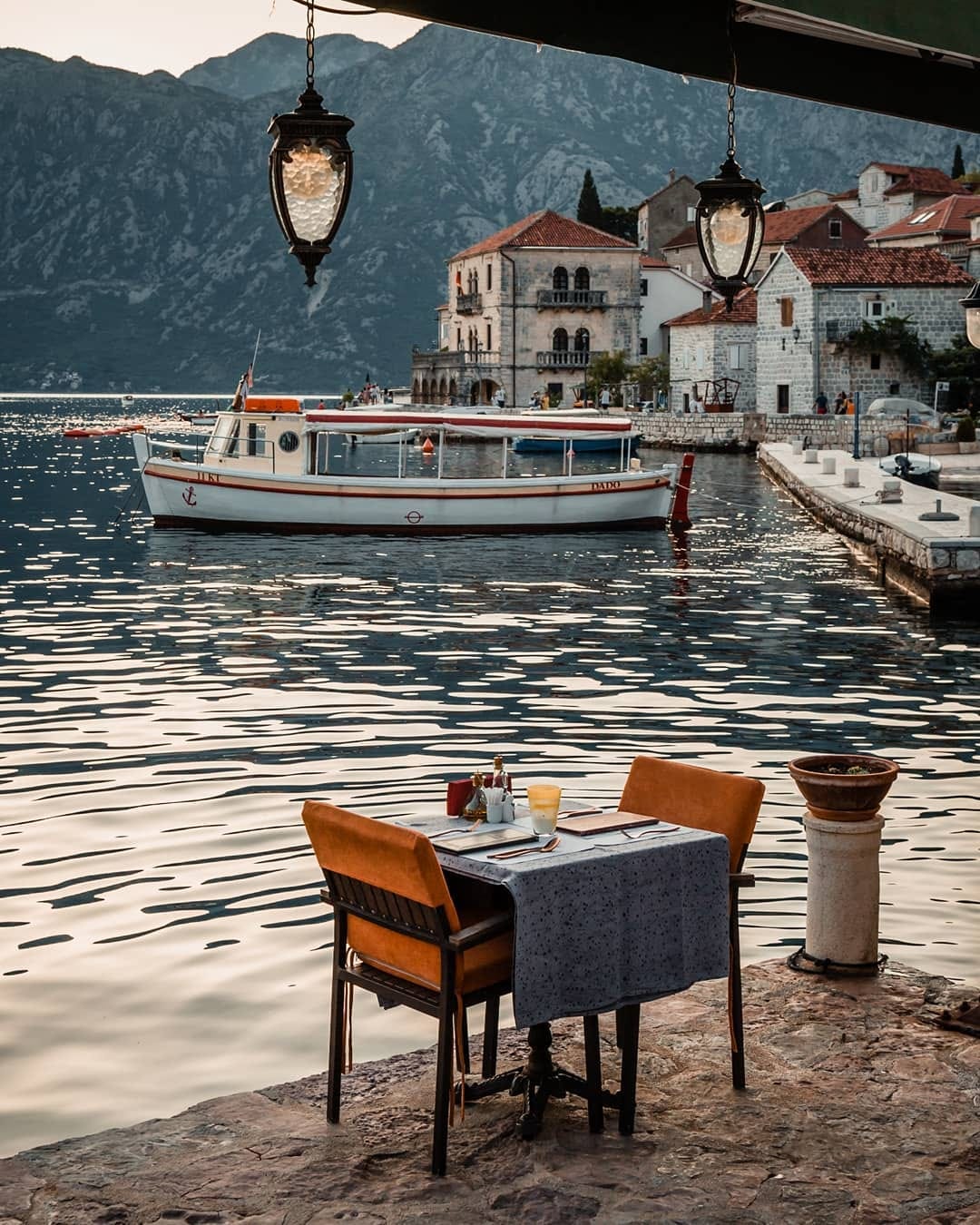How to Build a Home that Lasts a Thousand Years
Tradition in the building arts explained the long way around

Sir Roger Scruton famously said “Put usefulness first, and you lose it. Put beauty first, and what you do will be useful forever. It turns out, nothing is more useful than the useless.”1 Which is so obviously true that for us modern people it comes across as so paradoxical as to border on parody.
So let me nail this to my mast before continuing with the details: If you want something to last a thousand years it has to be beautiful.
And from the cracks of the Earth there arose at first an incessant din, the mumble of a thousand upon a thousand lips over which never a poem had passed and never a kiss been planted, “beauty is subjective, beauty is subjective”. In a cultish chant, it rose to a whimpering crescendo.
Of course we know beauty when we see it, even if we can't scientifically define it or capture it (but neither can we capture or define time). We can measure its effect on our nervous systems, we can measure it in our blood and hormones, and what is more, when we subject others to the very same beauty that changed us, they too demonstrate these measurable effects. Beauty is objective and its effects are broadly similar and consistent across cultures and across millennia. For proof I only ask you to study a rose.

Having established beauty as the paramount interest, how do we physically build something that is guaranteed to stand the test of ages?
This is surprisingly simple and can be broken down to these three rules under one guiding sentence:
All living things ages, thus,
I. the materials we build with must still be around in a thousand year’s time.
II. the tools and techniques we build with must be transferrable so as to pass down through the generations and it must be possible to repair or replace every single part.
III. the purpose that we build for must be at the core of the human experience.
Rule I — Timeless materials
We must be able to assume that the materials we build with will still be around in a millennia from now, and that limits our choices to the traditional building materials either raw or subjected to basic elemental action (air earth fire water): soil (from which we get straw, adobe, bricks, clay etc.), wood (which is a both a material and a source of energy), stone (granite, sandstone, limestone from which we also get lime mortar). Would we ever run out of any of these materials it is safe to say we would perish in short order.
The first rule also includes locality. The materials used should be available locally. The closer to the building site the better. For example, wood can be sourced on Greenland (grown or harvested from the oceans as it drifts in) but bricks are virtually impossible to make. Soil can be found almost anywhere but the clay or formwork needed to build with it can be more difficult to find. Turf is an excellent alternative though. Stone is around but mortar is too energy consuming to consider. And so on.
Rule II — Traditional Techniques
Tradition as a word is handed down to us from the Latin tribes of ancient Italy, from trans (across [time and space] and dare (give) which became tradere (to deliver, to hand down). It fits us perfectly: it is no use to build in a way that your descendants will have no way of learning for themselves, with a technique that can't be handed down. The world of architecture and engineering is full of “we don't really know how they built this” or “we would have to reinvent this technology.” A building must be maintained and for that we must know how to maintain each and every part.
Rule III — A building should shelter and nourish
A building that can successfully answer to our most basic needs will be forever relevant. Because human nature is essential and does not change. We will always need protection from the elements and places that are meaningful to us, that nourish our bodies as well as our culture and roots. A Cathedral in stone is a prime example, whereas a tent is trickier (although to this day you will find the strictest cultural norms and taboos about the use of space inside the tents of nomadic people, as if they had to double down on meaning for what they lacked in permanence, in contrast to a Greek on Corfu who shares his abode with the habits of two hundred generations of ancestors and can afford to be more blasé about where grandmother sits).
A building that can’t shelter or nourish (sustain) us will likely fall out of fashion as generations pass and sooner or later maintenance will be ignored and one day the whole thing has come down.
But how do we know if our choices conform to these rules or break them? The easiest is simply to look back and see what we did a thousand years before. If the essence or the very form a building survives to this day, it is likely that anything built in its manner will still be around a thousand years from now.
Or in other words, traditional buildings and materials last not only because they are proven to possess beauty but also because they are answers to the unchanging needs of human nature. From a purely practical perspective tradition in building is also telling us how to avoid entropy and calamity:
Build on the highest point of the land to protect you from flooding.
Build your roof with the acutest angle possible considering your materials, to better survive the many centuries of rain.
And so on. And the funny thing is, if we build true to those three rule, we are very unlikely to build anything ugly. To build ugly it takes a lot more sophistication, a lot more ideology.

Naturally I am not saying that we should always build everything with an eye for 100 generations (even the temporary or the disposable can have its place), but it seems wasteful to always build with materials destined for the landfill after less than one generation, like we do now. No wonder we have a constant housing shortage when we have to build the homes of every generation anew, from scratch.
Sir Roger Scruton, “Why Beauty Matters.”
